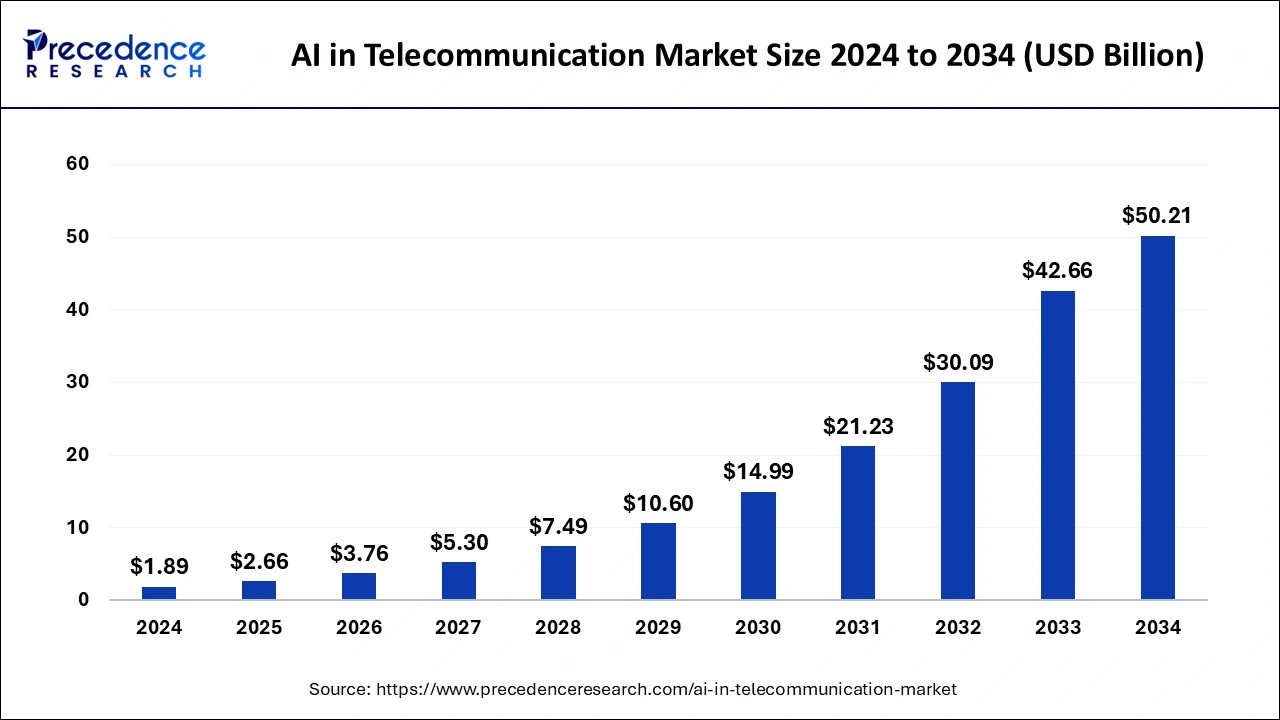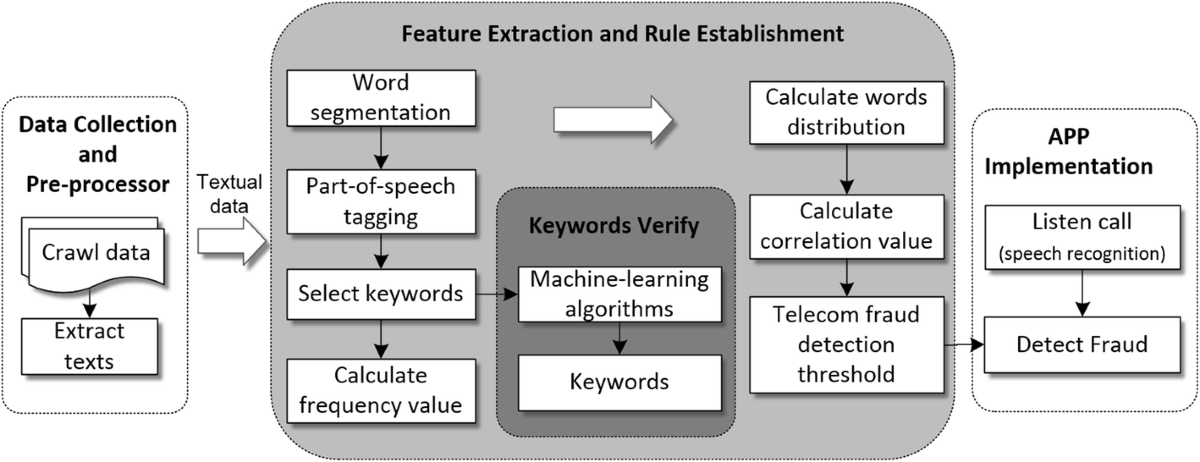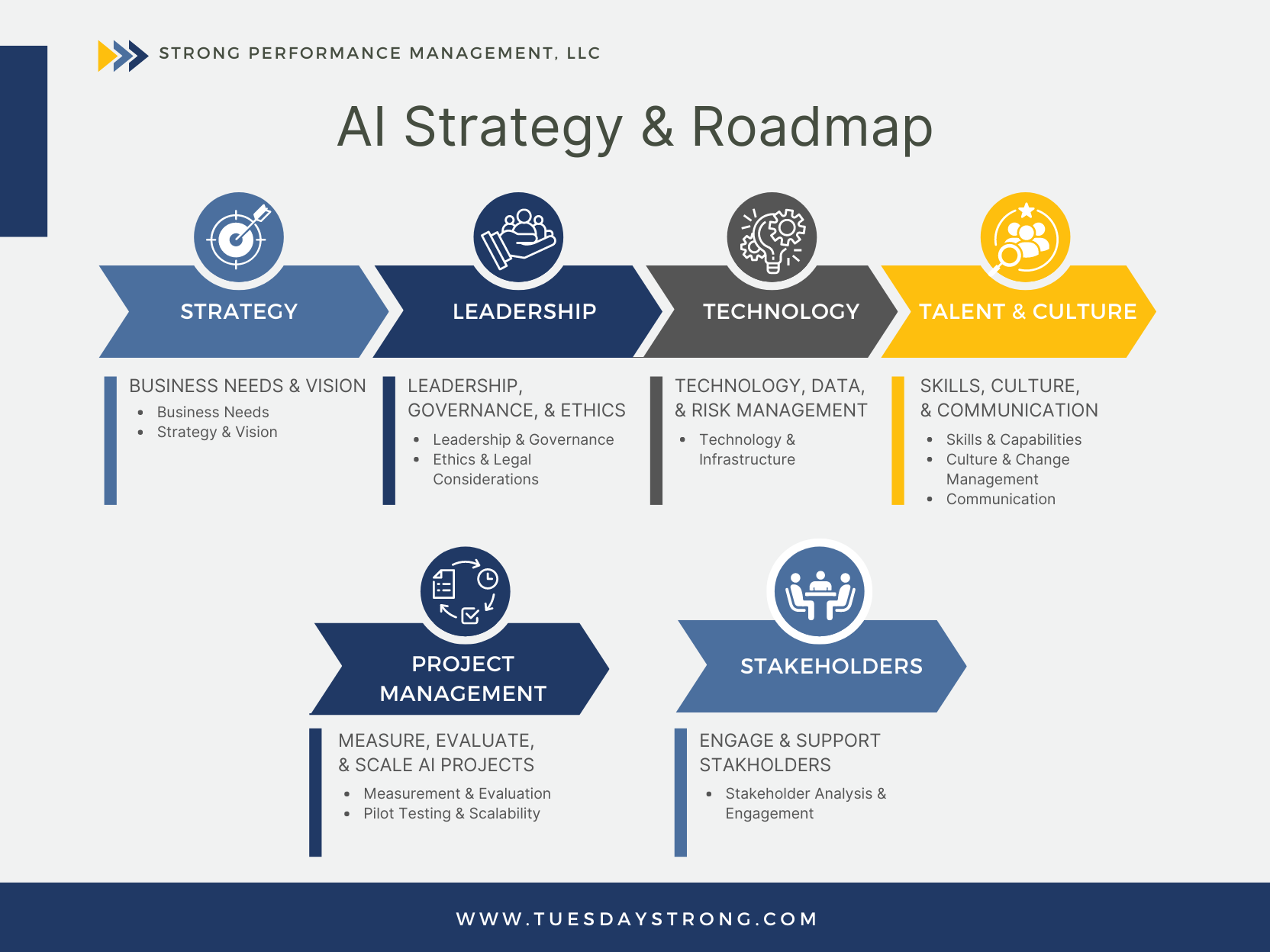Artificial intelligence in telecommunications refers to the use of machine learning, automation, and intelligent systems to optimize network operations, enhance customer service, and improve security across communication networks.
The telecommunications industry is experiencing a fundamental transformation as communication service providers integrate AI technologies throughout their operations. From 5G network management to customer support chatbots, AI systems now handle complex tasks that once required extensive human intervention. According to recent industry research, 77 percent of telecom executives report that AI improves their responsiveness to market disruptions, while 75 percent acknowledge clear competitive advantages from AI implementation.

Source: Precedence Research
Modern telecommunications networks generate massive amounts of data every second. Traditional manual approaches cannot process this information quickly enough to optimize performance or detect problems in real-time. AI systems fill this gap by analyzing network traffic patterns, predicting equipment failures, and automatically adjusting network parameters to maintain optimal service quality.
What Is AI in Telecommunications
AI in telecommunications refers to integrating artificial intelligence technologies into communication networks and services to automate operations, optimize resource usage, and improve customer experiences. Telecommunications companies use AI to manage the complex systems that power phone networks, internet services, and wireless communications.
The core purpose of AI in telecommunications centers on three main areas. First, AI automates routine tasks that previously required human operators, such as network monitoring and basic customer service inquiries. Second, AI optimizes how networks use their resources, deciding how to route data traffic and allocate bandwidth for maximum efficiency.
Third, AI enhances customer experiences by personalizing services and predicting customer needs. Several key AI technologies drive these improvements in telecommunications, including machine learning algorithms that analyze network data to identify patterns and make predictions about traffic flow and equipment failures.
How AI Transforms Network Operations
Network operations have undergone a fundamental shift from manual processes to intelligent automation systems. AI technologies analyze massive amounts of network data in real-time, making decisions about resource allocation and performance optimization without human intervention.
Network Optimization and Self-Organizing Networks
AI algorithms continuously monitor network performance metrics like bandwidth utilization, latency, and connection quality across all network segments. These systems analyze traffic patterns, user behavior, and equipment performance to make real-time adjustments that optimize network efficiency.
Self-organizing networks (SONs) represent networks that can configure, optimize, and repair themselves without human intervention. These AI-powered systems handle three primary functions:
- Self-configuration — New equipment automatically integrates into the network with proper settings
- Self-optimization — Continuous parameter adjustments improve performance
- Self-healing — Automatic detection and correction of network problems
AI-driven network optimization examines multiple variables simultaneously, including signal strength, interference levels, traffic density, and equipment capacity. The algorithms identify the optimal combination of settings for antenna configurations, power levels, and frequency allocations.
Source: ResearchGate
Predictive Maintenance and Equipment Management
Predictive maintenance uses AI to forecast equipment failures before they occur by analyzing equipment performance data, environmental conditions, and historical failure patterns. Machine learning algorithms identify subtle changes in equipment behavior that indicate developing problems.
AI systems collect data from sensors monitoring temperature, vibration, power consumption, and signal quality across network infrastructure. The algorithms establish baseline performance patterns for each piece of equipment and flag deviations that suggest potential failures.
These systems reduce maintenance costs by eliminating unnecessary scheduled maintenance on equipment that remains in good condition. They also prevent expensive emergency repairs by identifying problems early, improving network availability through planned maintenance windows rather than unexpected outages.
Source: ResearchGate
Energy Efficiency and Resource Allocation
AI reduces network energy consumption through intelligent power management that adjusts energy usage based on actual demand rather than peak capacity planning. These systems monitor traffic levels throughout the day and automatically reduce power to network components during low-usage periods.
Dynamic power optimization algorithms control individual antenna elements in massive MIMO systems, activating only the components needed for current service requirements. AI analyzes signal-to-noise ratios in real-time to determine the minimum power levels needed to maintain service quality.
Resource allocation algorithms distribute processing power and bandwidth across network components based on actual usage patterns rather than static allocations. AI identifies underutilized resources and redirects them to areas experiencing higher demand, improving overall network efficiency.
AI Applications for Enhanced Customer Experience
Customer experience has become a competitive battleground where artificial intelligence delivers measurable improvements in service quality and customer satisfaction. AI transforms how companies interact with customers by providing instant support, personalized recommendations, and proactive problem-solving capabilities.
Intelligent Customer Support and Chatbots
AI-powered chatbots and virtual assistants handle customer inquiries using natural language processing to understand questions and provide accurate responses. These systems process complex queries about billing, service plans, technical support, and account management without requiring customers to wait for human representatives.
Modern AI chatbots move beyond simple keyword matching to comprehend context, intent, and emotional tone in customer communications. A customer asking about international roaming charges receives detailed information about specific countries, pricing tiers, and activation procedures tailored to their current service plan.
These virtual assistants operate continuously, providing consistent service quality during peak demand periods and after business hours. AI systems handle routine inquiries like password resets, bill explanations, and service upgrades, allowing human agents to focus on complex issues requiring specialized knowledge.
Personalized Service Recommendations
AI recommendation engines analyze customer usage patterns, billing history, and behavioral data to suggest relevant services and plan modifications. Machine learning algorithms identify when customers consistently exceed their data limits and recommend appropriate plan upgrades before overage charges occur.
The personalization extends beyond demographic categories to include real-time adaptation based on changing customer circumstances. A customer who recently moved to a new city receives recommendations for local service options, while someone with increased remote work patterns gets suggestions for enhanced home internet packages.
AI systems process historical usage data to identify optimal service combinations for individual customers. The algorithms consider factors like peak usage times, preferred communication channels, streaming habits, and device preferences to create tailored service portfolios.
Proactive Issue Resolution
Predictive analytics identify potential service disruptions before customers experience problems by analyzing network performance data, equipment status, and usage patterns. AI systems correlate multiple data points to predict when customers might encounter connectivity issues or equipment failures.
The proactive approach enables automatic implementation of preventive measures such as network optimization, traffic rerouting, or equipment adjustments to maintain service continuity. Customers receive notifications about potential issues along with steps taken to prevent service interruption.
AI algorithms analyze customer behavior patterns to identify early warning signs of service dissatisfaction or potential account cancellation. The systems flag customers showing decreased usage, increased support contacts, or extended periods without service interaction.
AI-Powered Security and Fraud Detection
Telecommunications companies face constant security threats and fraudulent activities that can cost millions of dollars and compromise customer data. AI-powered security systems analyze network traffic patterns, user behavior, and communication data to identify suspicious activities in real-time.

Source: Cybersecurity – SpringerOpen
Real-Time Threat Detection and Response
AI security systems monitor network traffic continuously, analyzing data packets, connection patterns, and user behaviors to identify potential threats instantly. Machine learning algorithms establish baseline patterns of normal network activity and flag any deviations that suggest malicious activity.
Network traffic analysis involves examining data flow patterns, connection frequencies, and communication protocols to detect unusual activities. AI systems can identify distributed denial-of-service attacks by recognizing characteristic traffic spikes from multiple sources targeting specific network components.
Automated response capabilities allow AI systems to take immediate action against detected threats without waiting for human intervention. These responses include temporarily blocking suspicious IP addresses, restricting access to sensitive network areas, and implementing additional authentication requirements.
Advanced Fraud Prevention Systems
Telecommunications fraud costs the industry billions of dollars annually through schemes like SIM swapping, billing fraud, and unauthorized service usage. AI-powered fraud detection systems analyze calling patterns, billing data, and account activities to identify fraudulent behaviors.
SIM swapping fraud occurs when criminals transfer a victim’s phone number to a SIM card they control. AI systems detect SIM swap attempts by monitoring unusual location changes, device switching patterns, and authentication requests that don’t match established user behaviors.
Billing fraud detection involves analyzing usage patterns to identify artificially inflated charges, unauthorized premium service subscriptions, and manipulation of billing systems. Machine learning algorithms compare individual usage patterns against historical data and peer groups.
Call detail record analysis helps identify various fraud schemes including international revenue share fraud, where criminals manipulate call routing to generate illegal profits. AI systems analyze call duration patterns, destination frequencies, and routing paths to detect artificial traffic generation.
Benefits of Telecom AI Implementation
Telecom companies implementing artificial intelligence experience significant returns on investment through multiple operational improvements and new business opportunities. The technology transforms how telecommunications networks operate while creating fresh revenue streams.
Operational Cost Reduction
AI automation eliminates many manual tasks that traditionally required human intervention across telecommunications operations. Machine learning algorithms manage network configurations, adjust bandwidth allocation, and handle routine maintenance scheduling without constant human oversight.
Predictive maintenance systems analyze equipment performance data to schedule repairs before failures occur, reducing emergency service calls and overtime labor costs. Network optimization powered by AI continuously adjusts traffic routing and resource distribution based on real-time demand patterns.
Customer service operations benefit from AI chatbots and virtual assistants that handle routine inquiries without human representatives. These systems resolve common issues like billing questions, service activations, and basic technical support around the clock.
Revenue Growth Opportunities
AI enables telecommunications companies to offer new premium services that generate additional revenue streams. Network slicing technology creates customized virtual networks for enterprise customers with specific performance requirements.
Personalized service recommendations powered by AI increase customer spending by suggesting relevant upgrades and add-on services. Machine learning algorithms analyze usage patterns to identify customers who would benefit from higher-tier plans or additional features.
Customer retention improves through AI-powered experience optimization that identifies and resolves issues before customers experience service problems. Predictive analytics detect customers at risk of canceling service, enabling proactive retention efforts.
Service Quality Improvements
Network reliability increases substantially through AI-powered monitoring and self-healing systems. Machine learning algorithms detect anomalies and performance degradation before they impact customer experience.
Response times for customer support and technical issues decrease dramatically with AI assistance. Intelligent systems diagnose problems instantly and often resolve issues automatically without human intervention.
Service personalization reaches new levels through AI analysis of individual customer behavior and preferences. Networks automatically adjust to optimize performance for each user’s specific usage patterns and location.
Overcoming AI Implementation Challenges
Telecommunications companies face significant hurdles when implementing artificial intelligence across their operations. Research shows that 65 percent of organizations report their AI initiatives have not delivered expected value, highlighting the gap between AI potential and real-world results.
Technical Integration Complexities
Telecommunications companies operate vast networks built over decades, creating integration challenges when adding AI capabilities. Legacy infrastructure often uses different communication protocols, data formats, and system architectures that don’t naturally connect with modern AI platforms.
Many telecommunications networks run on proprietary systems from multiple vendors, each with unique interfaces and data structures. AI systems require consistent data flows and standardized inputs to function effectively, but legacy equipment may output data in formats that AI algorithms cannot process directly.
The scale of telecommunications networks amplifies integration complexity. A single carrier may operate thousands of cell towers, millions of network devices, and hundreds of different software systems across multiple geographic regions.
Real-world integration projects often require custom middleware development to bridge legacy systems and AI platforms. These integration layers translate data formats, manage communication protocols, and ensure reliable data flow between existing infrastructure and new AI capabilities.
Data Quality and Management Issues
AI systems depend on high-quality, consistent data to generate accurate insights and recommendations. Telecommunications networks generate enormous volumes of data from network equipment, customer interactions, billing systems, and operational processes.
Data silos represent a fundamental challenge in telecommunications AI implementation. Customer service data may reside in one system, network performance metrics in another, and billing information in a third system.
Historical data in telecommunications systems frequently contains gaps, errors, or inconsistent recording methods. Network equipment may have different logging standards, customer service systems may use varying data entry practices, and operational databases may contain duplicate or incomplete records.
Data privacy and security regulations add compliance requirements to data management processes. Telecommunications companies handle sensitive customer information that must be protected while still being accessible for AI processing.
Organizational Change Management
AI implementation in telecommunications requires significant changes to workforce roles, operational processes, and organizational culture. Traditional telecommunications operations rely heavily on manual processes and human expertise.
Workforce adaptation represents a primary concern for telecommunications companies implementing AI. Network engineers may need to learn new tools for AI-assisted network optimization, customer service representatives must adapt to AI-powered support systems.
Skill gaps emerge as AI implementation progresses. Telecommunications companies may lack employees with expertise in machine learning, data science, or AI infrastructure management.
Cultural resistance to AI adoption occurs when employees perceive AI systems as threats to job security or challenges to established expertise. Experienced telecommunications professionals may distrust AI recommendations that conflict with their intuition.
Future of AI in Telecommunications
The telecommunications industry is experiencing rapid transformation as artificial intelligence becomes deeply integrated with next-generation wireless networks. Current 5G networks already incorporate AI for optimization and management, while 6G networks under development will feature AI as a fundamental component.
AI-Native Network Architectures
AI-native 6G networks represent a fundamental shift in wireless architecture where artificial intelligence capabilities are embedded as core network functions from the initial design phase. Unlike current networks that add AI features to existing infrastructure, these systems integrate machine learning algorithms directly into the network’s foundational components.
Source: ResearchGate
AI-native architectures enable three distinct operational modes within radio access networks:
- AI for RAN applications — Use artificial intelligence to improve network operations through intelligent parameter optimization
- AI on RAN deployments — Allow AI applications to run directly on network infrastructure
- AI and RAN convergence — Create shared computing resources for both communication and AI operations
Edge Computing Integration
Edge computing integration moves AI processing capabilities closer to network users, reducing the time required for data to travel between devices and processing centers. AI algorithms deployed at network edges handle latency-sensitive tasks such as beam selection and traffic prediction with minimal delay.
This distributed approach reduces communication requirements with centralized network cores, improving response times and decreasing backhaul network loading. Local AI processing enables more contextual decision-making, allowing networks to adapt effectively to regional usage patterns.
Edge-deployed AI systems can process data locally for applications requiring ultra-low latency, such as autonomous vehicles, industrial automation, and augmented reality services. The proximity of processing power to end users enables new categories of real-time applications.
Autonomous Network Operations
Autonomous network operations represent the evolution toward fully self-managing telecommunications systems that operate with minimal human intervention. These networks can detect, diagnose, and resolve issues automatically while implementing optimization strategies based on real-time conditions.
Current implementations show that 44 percent of communication service providers already use agentic AI for various network operations. These AI systems can plan tasks, execute complex operations, collaborate with other systems, and learn from experience.
Self-healing networks automatically detect equipment failures and implement corrective actions without human intervention. These systems can reroute traffic around failed components, activate backup systems, and implement temporary configuration changes to maintain service continuity.
Building Your Strategic AI Roadmap
Developing an AI strategy for telecommunications requires a structured approach that addresses network complexity, operational goals, and customer expectations. Telecommunications companies face unique challenges when implementing AI technologies across network operations and customer service.

Source: Strong Performance Management
Assessment Phase
Begin with a comprehensive evaluation of existing infrastructure, data capabilities, and operational challenges. Document current network performance metrics, customer service bottlenecks, and maintenance costs to establish baseline measurements.
Analyze data quality and accessibility across different systems, as AI initiatives depend on reliable, well-structured information. Identify specific pain points where AI can deliver measurable improvements, such as network congestion management or predictive equipment maintenance.
Priority Identification and Use Case Selection
Select initial AI implementations based on potential impact and technical feasibility. Network optimization often provides the fastest returns through automated traffic management and resource allocation.
Customer experience improvements through AI-powered chatbots and personalized service recommendations typically show measurable results within months of deployment. Security and fraud detection systems provide both financial protection and operational efficiency gains.
Infrastructure and Data Strategy Development
Plan the technical foundation required for AI deployment. Modern telecommunications AI applications require robust data collection systems, processing capabilities, and integration with existing network management platforms.
Establish data governance frameworks that ensure information quality, security, and compliance with telecommunications regulations. AI systems perform only as well as the data they process, making data strategy a critical component of AI success.
Professional AI consulting services can help telecommunications companies navigate the complex technical requirements and develop comprehensive implementation strategies tailored to their specific infrastructure and operational needs.
Implementation Roadmap Creation
Develop a phased approach that builds capabilities progressively. Start with pilot projects in controlled environments to validate AI approaches and measure results.
Plan integration points between AI systems and existing telecommunications infrastructure. Network management systems, billing platforms, and customer service tools require careful coordination to maximize AI benefits while maintaining operational continuity.
Frequently Asked Questions About AI in Telecommunications
How long does it take to implement AI chatbots for customer service in telecommunications?
AI chatbot deployment for basic customer service functions typically takes 3-6 months from initial planning to full operation. Simple implementations that handle routine inquiries like billing questions and account information can launch within 8-12 weeks.
More sophisticated chatbots that integrate with multiple backend systems, handle complex technical support queries, and provide personalized service recommendations require 4-8 months for complete implementation. These advanced systems need extensive training data, integration testing, and staff training before deployment.
What specific skills do telecommunications engineers need to work with AI network optimization systems?
Engineers working with AI network optimization systems need proficiency in Python or R programming languages for data analysis and model development. Understanding of machine learning algorithms, particularly those used for time series forecasting and anomaly detection, is essential for managing predictive maintenance systems.
Knowledge of telecommunications protocols like 5G NR, LTE, and network slicing technologies helps engineers understand how AI recommendations translate into actual network configurations. Cloud platform experience with AWS, Google Cloud, or Microsoft Azure is valuable for deploying and scaling AI applications across telecommunications infrastructure.
Which telecommunications fraud detection methods work best with AI systems?
SIM swapping detection using behavioral analytics achieves high accuracy by analyzing device switching patterns, location changes, and authentication requests. AI systems monitor for unusual combinations of these factors that indicate potential fraud attempts.
Call detail record analysis using machine learning algorithms effectively identifies international revenue share fraud by detecting artificial traffic patterns and unusual call routing behaviors. These systems analyze call duration, destination frequency, and routing paths to spot manipulation attempts.
Billing fraud detection through usage pattern analysis compares individual customer behavior against historical data and peer groups to identify statistically improbable billing activities. Machine learning models flag unusual spikes in premium service usage or data consumption that suggest unauthorized access.
How do telecommunications companies measure the ROI of AI-powered predictive maintenance systems?
Companies measure predictive maintenance ROI by comparing equipment downtime before and after AI implementation. Typical metrics include mean time between failures, scheduled versus emergency maintenance costs, and total equipment lifecycle costs.
Cost reduction calculations include decreased emergency repair expenses, reduced overtime labor costs, and extended equipment lifespan through optimal maintenance timing. Many telecommunications operators report 15-25 percent reductions in maintenance costs within the first year of AI implementation.
Network availability improvements provide additional ROI through reduced service credits, improved customer satisfaction scores, and decreased customer churn rates. Companies track these metrics alongside direct cost savings to calculate comprehensive AI system value.
What data quality requirements are essential for telecommunications AI projects to succeed?
AI systems require clean, structured data with consistent formatting and regular updates across all relevant network components. Historical data spanning at least 12-18 months provides sufficient training material for most telecommunications AI applications.
Data completeness is crucial, with missing values or gaps in network performance data reducing AI system accuracy. Telecommunications companies need standardized data collection processes across different equipment vendors and network segments to ensure AI algorithms receive reliable inputs.
Real-time data quality monitoring helps maintain AI system performance over time. Automated data validation processes check for outliers, formatting errors, and transmission delays that could compromise AI decision-making capabilities in network optimization and customer service applications.

